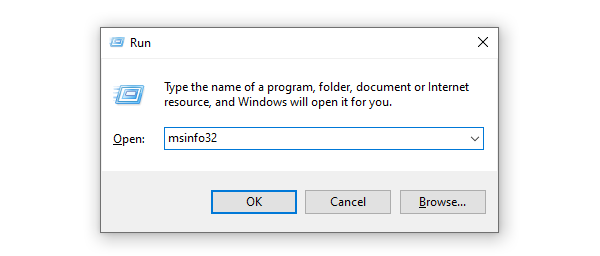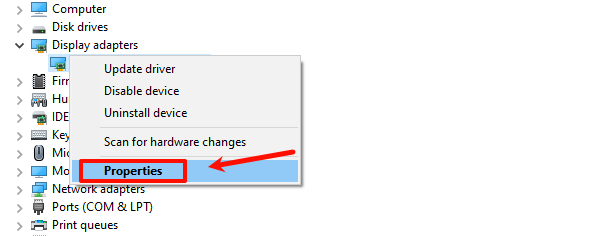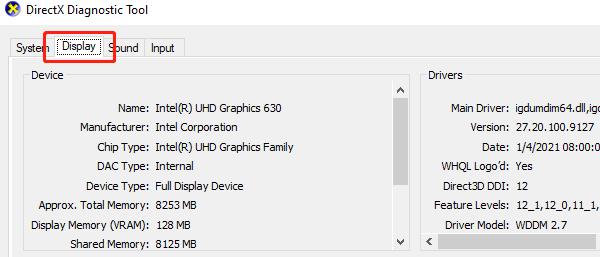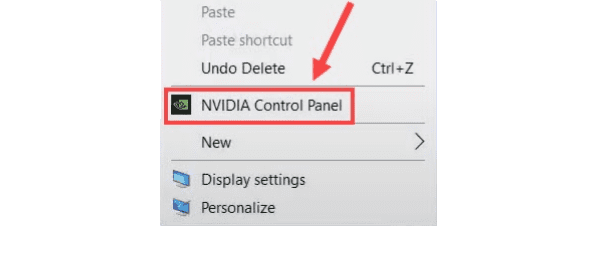
Knowing your graphics card configuration is key for optimizing gaming, handling graphics tasks, and planning upgrades. This guide shows you how to quickly check your graphics card to ensure your system meets your needs.
Preparation: Update Graphics Card Drivers
Outdated, corrupted, or incompatible graphics card drivers can cause display issues. Using Driver Sentry to automatically detect and update drivers is recommended, saving time and avoiding the risk of downloading incorrect drivers.
1). Click the download button to get the latest version of Driver Sentry. After installation, open the software and click "Scan".

2). Once the scan is complete, it will show any missing or outdated drivers. Find the graphics card driver in the list and click "Update".
3). After updating, restart your computer to ensure the new drivers take effect.
Method 1: Check via Windows System Information
Press Win + R to open the Run dialog.
Type "msinfo32" and press Enter to open the System Information window.

In the System Information window, click on "Components" on the left, then select "Display".
On the right, you'll see detailed information about your graphics card, including model, manufacturer, and driver version.
Method 2: Use Device Manager
Press Windows + X and select "Device Manager".
In Device Manager, expand the "Display adapters" category.
Here, you'll see a list of installed graphics cards. Right-click on the graphics card name and select "Properties" for more detailed information, such as driver version and device status.

Method 3: Use DirectX Diagnostic Tool
Press Win + R, type "dxdiag", and press Enter.
In the DirectX Diagnostic Tool window, click the "Display" tab.

You can view detailed information about your graphics card, including model, memory, and driver version.
Method 4: Check Graphics Card Driver and Settings
Many graphics card manufacturers provide dedicated control panels for viewing and adjusting graphics card settings. For example, NVIDIA cards have the "Control Panel", while AMD cards have "Radeon Settings".

In the control panel, you can see the graphics card model, driver version, performance settings, and more. This information helps you understand the card's status and performance.
Quickly checking your graphics card configuration helps with system performance, gaming, and upgrades. Keeping drivers up-to-date and regularly reviewing settings ensures stability and optimal performance.
See also:
Effective Methods to Resolve Windows Driver Issues
Step-by-Step Guide to Installing Realtek Audio Drivers